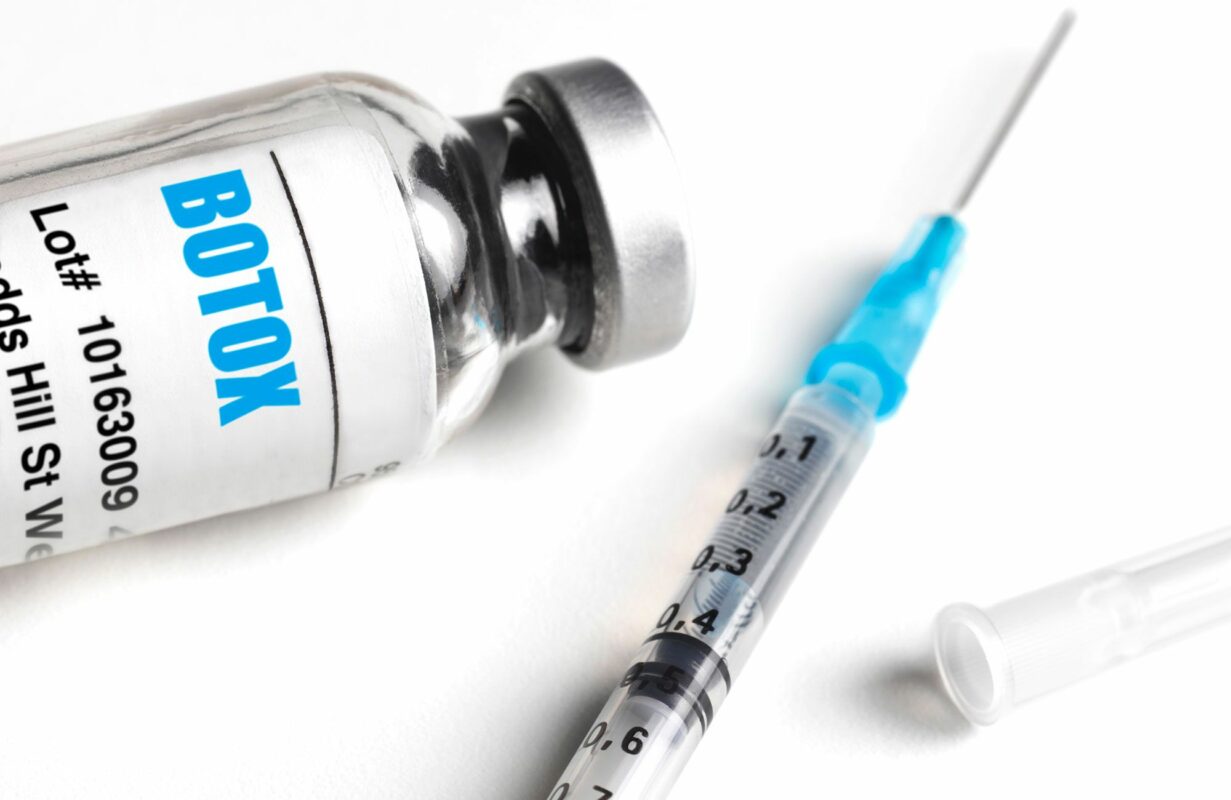No products in the cart.
Uncategorized
What is the Difference Between Botox and Botulinum?
Botox injection in the world of cosmetic treatments, two terms often come up: Botox and botulinum. While they are related, there are important differences between the two. Understanding these differences can help you make an informed decision when considering these treatments. In this article, we will delve into the dissimilarities between Botox and botulinum, shedding light on their uses, effects, and safety profiles.
Botox: The Popular Cosmetic Solution
Botox injection, also as onabotulinumtoxinA, is a widely recognized and popular cosmetic solution for reducing the appearance of wrinkles and fine lines. It is derive from the bacterium Clostridium botulinum, which produces a neurotoxin known as botulinum toxin. Botox injections work by temporarily paralyzing the muscles responsible for causing wrinkles, leading to a smoother and more youthful appearance.
The application of Botox injection involves injecting small doses of the toxin into targeted areas of the face, such as the forehead, crow’s feet, and frown lines. The treatment is minimally invasive, with no need for anesthesia. The effects typically last for several months before gradually wearing off.
Botox is not only use for cosmetic purposes but also for various medical conditions. It has been approved by the FDA for treating chronic migraines, excessive sweating, overactive bladder, and even certain muscular disorders.
Botulinum: Understanding the Toxin injection
Botulinum, on the other hand, refers to the actual neurotoxin produced by the Clostridium botulinum bacterium. It is one of the most potent toxins known to humankind and can cause a severe condition called botulism. Botulism is a rare but serious illness that affects the nerves and can lead to muscle paralysis and other complications.
While the term “botulinum” is often associate with the toxin, it’s important to note that the toxin itself is not use directly for cosmetic or medical purposes. Instead, it is purified, dilute, and process to create products like Botox, Dysport, and Xeomin, which are the most common brands of botulinum toxin injections used in clinical settings.
Key Differences: Botox vs. Botulinum injection
Formulation: Botox is a specific brand name for onabotulinumtoxinA, while botulinum refers to the toxin produced by the Clostridium botulinum bacterium.
Medical Applications: Botox has gained widespread recognition for its cosmetic applications, including reducing facial wrinkles. It is also approve for treating various medical conditions such as chronic migraines, hyperhidrosis (excessive sweating), and overactive bladder. In contrast, botulinum toxin is not directly use for medical or cosmetic purposes but is a crucial component in the formulation of products like Botox.
Dose and Administration: Botox is administer in carefully control, small doses through injections directly into the muscles. The dosage varies depending on the area being treat and the desire effect. In contrast, botulinum toxin in its pure form can be extremely dangerous and requires expert handling and strict laboratory conditions to prevent any accidental exposure.
Safety: Botox injections are generally safe when administered by qualified professionals in appropriate doses. Adverse effects are typically mild and temporary, such as localized redness or bruising at the injection site. However, it is essential to receive Botox treatments from reputable clinics or licensed medical practitioners to ensure the utmost safety and efficacy.

